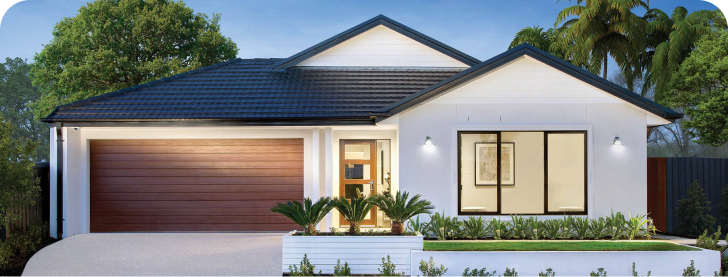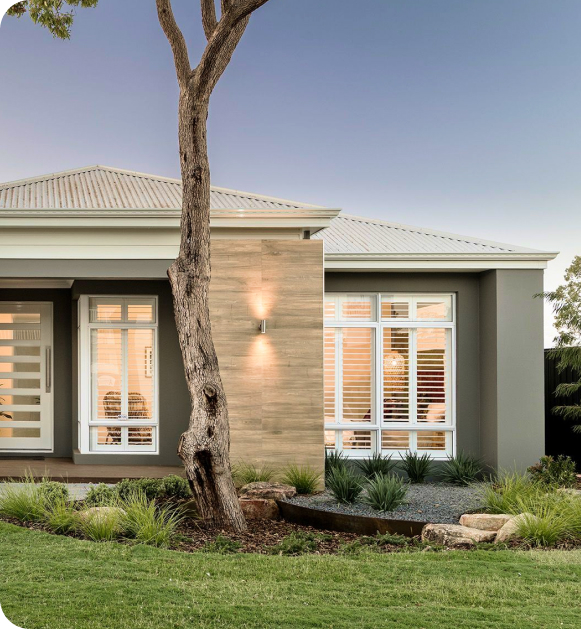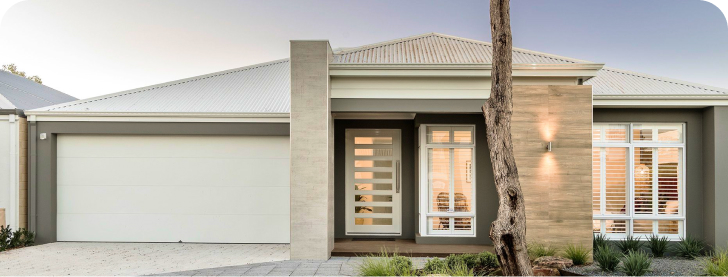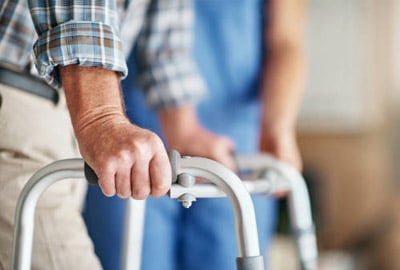
An accessory dwelling unit (ADU) is a tiny house built in the backyard of your property lot. An ADU is basically another living space near your main house, downsized but furnished with all the amenities necessary for both temporary and permanent housing.
Homeowners choose ADU building for a whole line of reasons, starting from financial decisions such as creating a source of rental income or increasing the value of personal property to expanding the dwelling area for their family or arranging an in-home care service for an aging or disabled loved one.
In this article, we will discuss the last reason, focusing on ADU maintenance with respect to the special medical needs of its residents.
If we talk about hospitals and other healthcare facilities, they are supposed to have medical equipment planning, which includes medical equipment management, timely repair work, removal of medical waste, etc. But does the same apply to home healthcare? The answer is certainly yes, but maybe to a lesser extent.
So, how to prepare space in your ADU to place medical supplies and medical devices? The first thing is to prepare storage spaces so that it's convenient for caregivers or home care clinicians to use these medical tools.
This may include:
Consider storage spaces when drawing up an ADU floor plan. The design should envision not only enough places but also the areas of the in-law suite designated specifically for storing medical objects. These can be shelves, tables, or racks located near the bed or in a certain corner of the room. Also, medical equipment may need its own power source that is different from the main power lines.
Allocate drawers or cabinets for medical things only. You can also put labels on the bottles and packs of pills, as well as on the containers. Transparent containers with various compartments are well suited for these purposes, as they allow for a more orderly organization of necessities and ease the process of seeking them.
Lack of room in small ADU units may take its toll on the quality of care and medical services if homeowners just clutter all around with medical products and packages. Unfortunately, it comes not only from negligence. People, in general, simply have too many things to occupy their mental capacity to instantly recall where they put a small package a month ago when they bought it.
To avoid this problem, you can do several things:
People tend to overlook instructions, but that's what usually explains the proper methods of medical equipment care: from storage restrictions to suitable cleaning products.
Why is this important? Because biomedical engineers design their highly technological tools from fragile materials that can have very specific care requirements. So using just any cleaning product on it may cause significant damage and loss of effectiveness. Thus, we recommend heeding the guidelines or even watching explainer videos before starting cleaning and disinfecting procedures.
Another recommendation is to set up a cleaning timetable. This is vital because when ADU residents touch certain areas too many times, medical tools and other protective equipment may start to lose their property in terms of hygiene and infection prevention.
When you use this equipment, change gloves as much as you can, change disposable parts with every usage, and prevent parts of the device from touching too much and thereby dirtying each other.
And last but not least, don't forget inspection in order to detect breakdowns or faulty work on time. With medical gear, repair is literally what life can depend on.
As an inventory system, nothing stops you from using traditional paper lists and ink, but with advanced technologies, modern people have received the opportunity to make their tracking more convenient and automated.
The perks of inventory spreadsheets are that all of your family members can share access to them from their own gadgets, and there's no chance you're going to lose a paper while running errands. But even further than that, there are inventory apps that provide users with a holistic view of their supplies.
In any case, there are several factors you need to consider when establishing an inventory system:
With all these methods, you'll see how your home care (patient care) quality standards rise significantly!
Before making a purchase, you have to do a lot of things, like check out if the materials meet medical standards, research the costs of maintaining the piece of equipment at home, have a look at the reviews, and find enough money.
Medical equipment may cost a fortune, but there's no choice if you need it. Yet, there are a few common areas where you can possibly spare some funds:
You don't need to buy all the equipment, especially if some of it is only temporary. In some cases, renting expensive equipment pieces for a few months is totally worth it and saves thousands of dollars for more pressing needs. Though, if you have no other choice but to buy from retailers, catch them at the end of the healthcare supply chain! You can certainly try and search for discounted offers, for example, for equipment that is not new but in good condition (if we are talking about something that does not require very capricious storage and use).
If you appoint a doctor or invite them to your aging loved one's backyard ADU, you can receive an unexpected benefit. That is, with a doctor's prescription of the necessary equipment to use at home (such as wheelchairs, walkers, monitors for sugar balance in the blood, or devices for extra oxygen sources), you may receive coverage for a part of your expenses.
Check out the websites of your local city hospitals, clinics, and agencies on aging for any worthy offers. Sometimes, they can connect you with non-commercial organizations that provide the equipment for a specific period of time.
When it comes to simple medications, you can typically just flush them or throw them into the trash can. However, we can't say the same about other medical supplies like catheters or syringes that are harmful by nature.
What can you do in this case? First of all, you can contact a licensed destruction company that comes to your site in their personal vehicle and shreds unused or expired supplies using their professional methods.
Disposal of drugs can happen through the use of medication disposal bags that can act in a deactivating way.
If you bought something and didn't use it, but the equipment or supply is unopened, you can also donate it to any charity organizations or clinics that accept them. If not, unfortunately, many charities or clinics won't accept it as they cannot guarantee that the previous owner kept things in the right conditions, which is not safe for the recipient. Or if these are items of personal hygiene.
When you store something as valuable and potentially alluring for burglars in your ADU or primary dwelling, the risks of theft and burglary go up. So, what can you do to protect your real estate from unsolicited intervention?
Aside from other humans, an accident or improper storage conditions may spoil your equipment as well. To prevent this from happening, you can:
To easily and quickly find a stored item in your ADU, you should establish an understandable labeling and tracking system. Such a system may encompass the following characteristics:
You can achieve clear labeling by creating differently colored labels depending on the category. For example, you use blue color for lung-related issues and red for wound treatment. The labels should include the name, properties, and any warnings or comments you deem important.
Not all equipment is a single monolith. In fact, almost none. Because small details don't get lost over time, you also need to mark them with an indication of which device they belong to.
You can use barcodes and RFID tags for easy access to items in case you forget where you placed them. When you scan them, they reveal the place where your item lies. While barcodes are useful when you only forget the place, RFID tags use radio frequency to locate your lost item as well.
Accessibility plays a crucial role in daily healthcare as well as in emergency cases. During daily routines, easy access to equipment increases the efficiency of caregiving and treatment since you don't have to spend excessive time searching for necessities. It leads to fewer mistakes and less stress invoked by the frustration of not being able to find something fast.
When it comes to emergency cases, accessibility becomes vital, as it spares valuable moments for helping your loved one in time. Not only the equipment itself but also ways to access water tank facilities and fire exits should always be open.
That is why primary residence owners may want to plan a well-organized setup when it comes to the ADU where their loved one will live. When planning your ADU, make sure that nothing obstructs the path to your storage area. You may even consider an open floor plan. Also, if you need to move massive equipment and supplies from one room to another, pay attention to the width of your doorways.
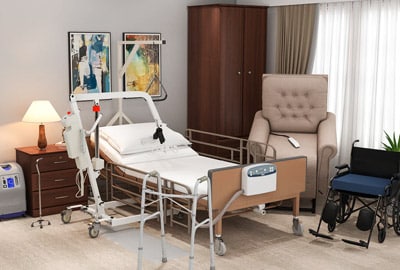
If we speak about unpaid caregivers, aka close relatives and friends, they get involved in this process at almost every stage, starting from drawing up the ADU construction project and ending with its usage and getting rid of broken and expired things.
As far as paid nurses and different state and community resources are concerned, you can apply to them for consultations about the care recipient's health or work specificities of equipment, as well as regular checks on them. They can assist with financing and acquiring or borrowing equipment.
And last but not least, they can offer support and advice, thereby relieving unpaid caregivers of part of the stress caused by dealing with difficult issues alone.
A ready-made ADU can cost anywhere from $80,000 to $300,000, depending on its size, quality of materials, specific filling, and location. Yet, an average garage conversion ADU (500–600 square feet) will cost you around $100–150,000, which is significantly cheaper than a house.
However, there are specific services that increase the price of your ADU if you need them. For instance, if you don't have access to the main sewage line and are planning to install a septic system, all its costs (labor and tank) may demand about $20,000.
Some ADU contractors can connect you with services that can provide you with a home equity loan at an agreeable rate. However, they do not always introduce you to state and local programs that can give you grants and partial coverage if you qualify.
Check out such programs first, as families with elders usually have such benefits. Some states provide financial aid for low-income residents (which, unfortunately, many seniors belong to), and other states offer to cover part of the pre-development for seniors over a certain age.
When building an ADU near their main home, not everyone thinks that they can make their ADU living less expensive than if they lived in a house. Among ways to utilize cost-effective approaches are installing solar panels and insinuating your ADU to reduce energy consumption, using rainwater for household chores before it goes into sewage service, installing low-flow faucets, LED lamps, and miscellaneous.



